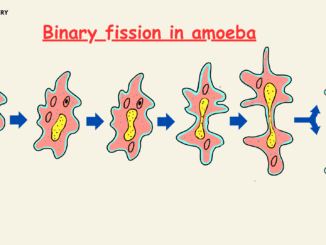
Binary Fission in Amoeba
Introduction Amoeba a simple unicellular organisms or single-cell organisms that can change their shape and move freely as it does not have any cell walls. […]

Introduction Amoeba a simple unicellular organisms or single-cell organisms that can change their shape and move freely as it does not have any cell walls. […]
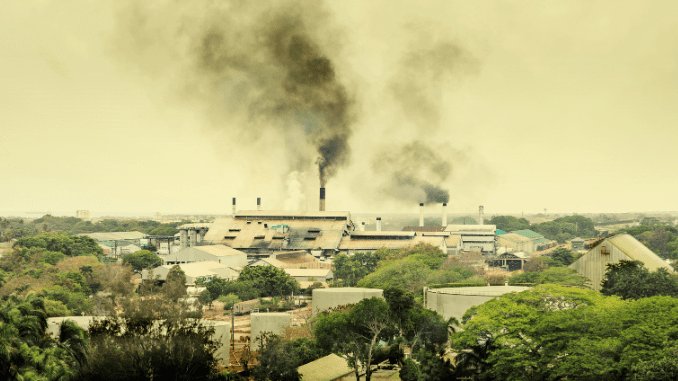
Introduction Greenhouse gases are those gasses present in the earth’s atmosphere that help to trap the heat received by the sun. The greenhouse effect is […]
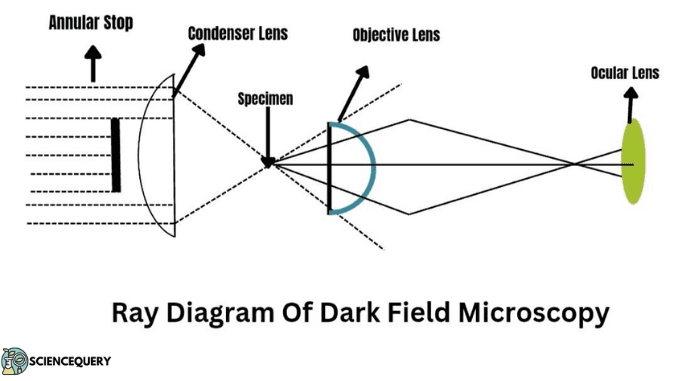
Introduction What is dark field microscopy? Dark field microscopy is a light microscopic technique, used to observe living cells and microorganisms without staining methods. This […]
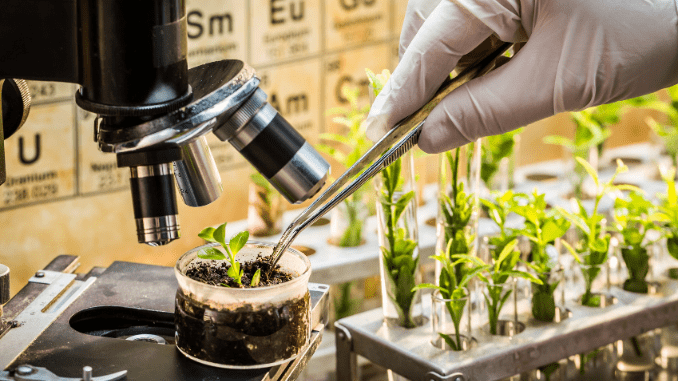
Introduction Breeding is the way of producing offspring through sexual reproduction. However, plant breeding is a biotechnological process that occurs with the intervention of humans. […]
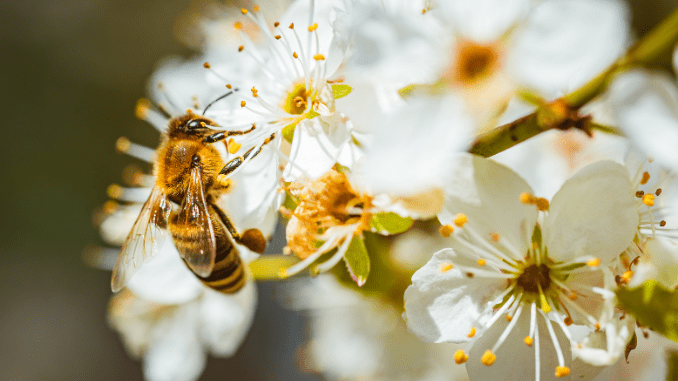
Introduction Pollination is the procedure of transfer of pollen from an anther of a plant to the stigma of the same or the other plant. […]

Introduction Cytoplasmic inheritance or maternal inheritance is simply the transfer of genetic characters through the cytoplasm (that is other organelle DNA) instead of the nucleus. […]
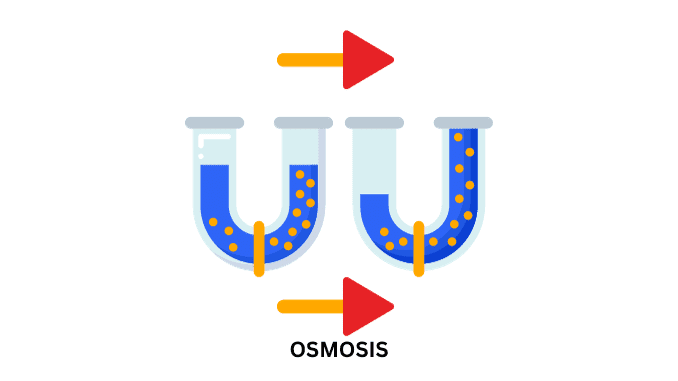
Introduction Definition Osmosis is the net diffusion of water molecules from a dilute solution to a concentrated solution when the two are separated by means […]
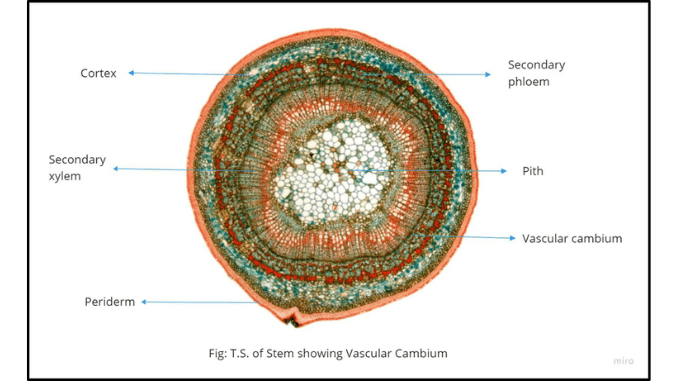
Introduction Vascular cambium is the main form of tissue development in angiosperms and gymnosperms like Pine. The vascular system is composed of the xylem and […]
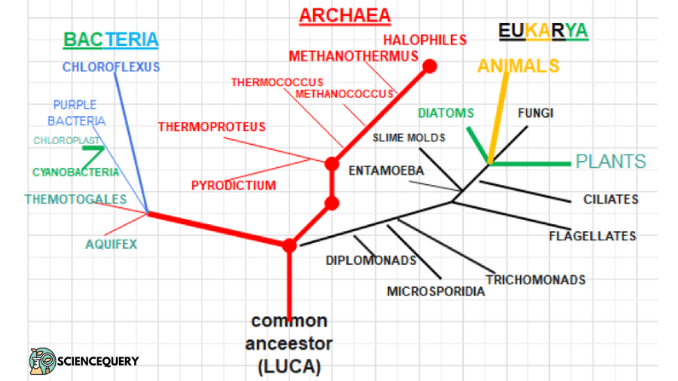
Know in one minute about the Classification of life The classification of life is mainly based on basis of their similarities and dissimilarities or according […]

Know in one minute about cytosol Cytosol is the semi-fluid or aqueous component of a cell. It is present within the cytoplasm occupying the space […]
Copyright © 2024 | WordPress Theme by MH Themes